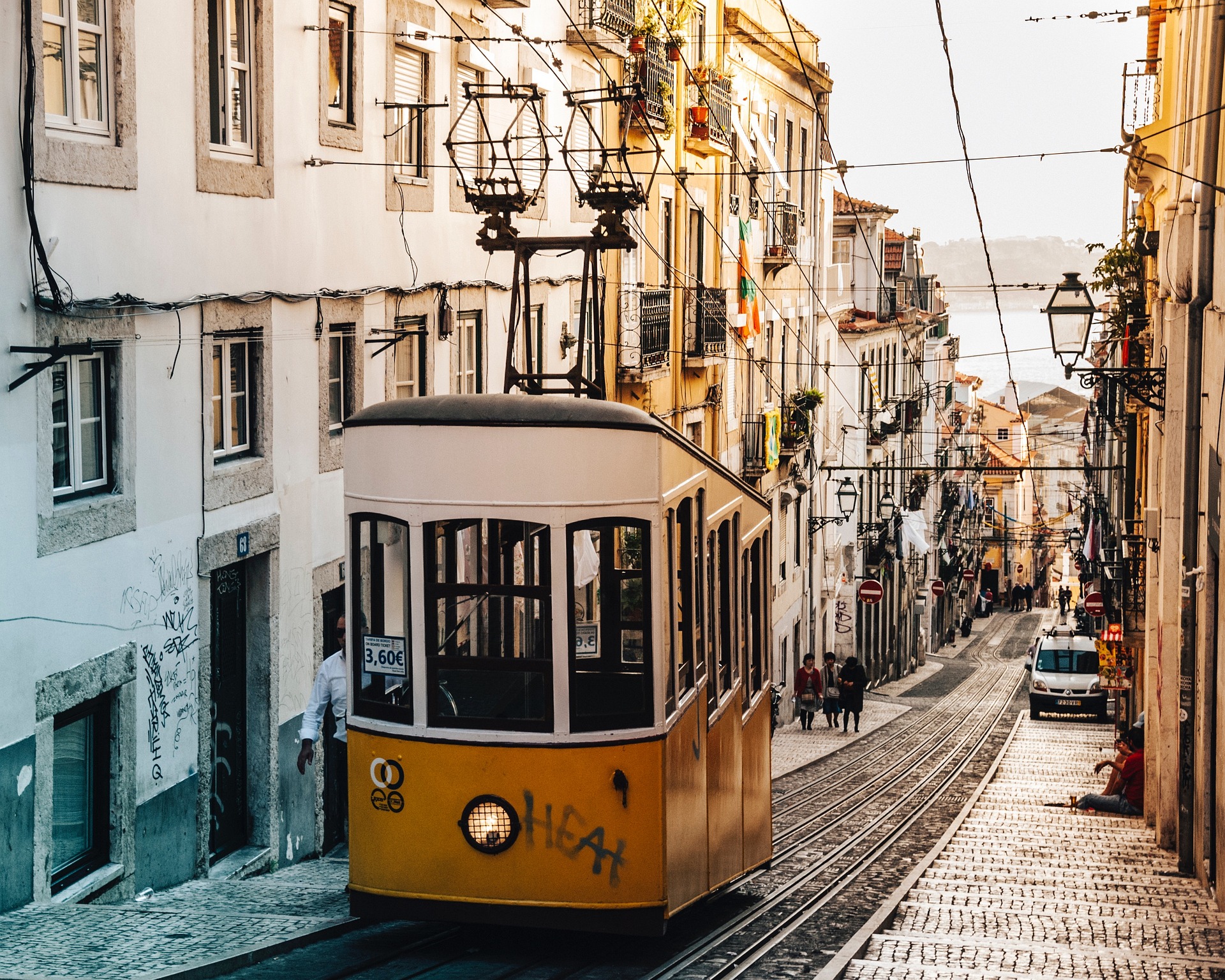Unfolding the Mystique of Dark Tourism: The Rise of a Controversial Travel Trend
As the world becomes increasingly accessible, travelers are seeking out unique and often challenging experiences, delving into the darker side of history and culture. Enter the realm of dark tourism, an emerging trend that sees adventurers exploring sites associated with death, tragedy, and the macabre. This trend, while controversial, provides a unique perspective on the human condition and our collective past.
Dark Tourism: A Historical Overview
The concept of dark tourism isn’t new. In fact, it has historical roots going back centuries, from the medieval fascination with death to the Victorian practice of visiting battlefields. However, it’s only in the last few decades that it’s been recognized as a distinct category of travel, with researchers and scholars exploring its implications. The term “dark tourism” was first coined in the late 1990s by Lennon and Foley, two academics studying the phenomenon.
The Current Face of Dark Tourism
Today, dark tourism is a well-established niche, with travelers venturing to places like Chernobyl, the Auschwitz-Birkenau concentration camp, and the 9/11 Memorial. This trend reflects a growing desire to understand and engage with history’s darker chapters, but it’s not without controversy. Critics argue it can be disrespectful or exploitative, while proponents believe it can be a powerful form of education and remembrance.
Advantages, Challenges, and Impact
Dark tourism offers a unique way to engage with history, prompting reflection on humanity’s darker moments. However, it also poses ethical dilemmas. How do we respectfully engage with sites of tragedy? What are the implications for local communities? These questions are central to the ongoing debate around dark tourism.
Research-Backed Insights
Research shows a variety of motivations behind dark tourism. Some are driven by a desire for education, others by a fascination with the macabre. Regardless of motivation, it’s clear that dark tourism is a complex, multidimensional phenomenon that demands careful consideration.
Practical Applications
Dark tourism isn’t just about visiting sites of tragedy. It’s also about understanding the social, cultural, and historical contexts that gave rise to these events. This awareness can lead to a more nuanced understanding of the world and our place in it.
Unearthing the Intricacies of Dark Tourism
-
Dark tourism can be a transformative experience, prompting us to reflect deeply on our shared history.
-
It’s important to approach dark tourism with sensitivity and respect, recognizing the profound impact these sites have had on communities.
-
Dark tourism isn’t for everyone. It’s a deeply personal decision that requires thoughtful consideration.
In conclusion, dark tourism is a complex, controversial, and deeply poignant form of travel. It invites us to confront our past and reflect on our collective humanity, offering a unique perspective on the world around us. As we continue to explore this trend, it’s essential to do so with sensitivity, respect, and a deep understanding of its historical and cultural contexts.





